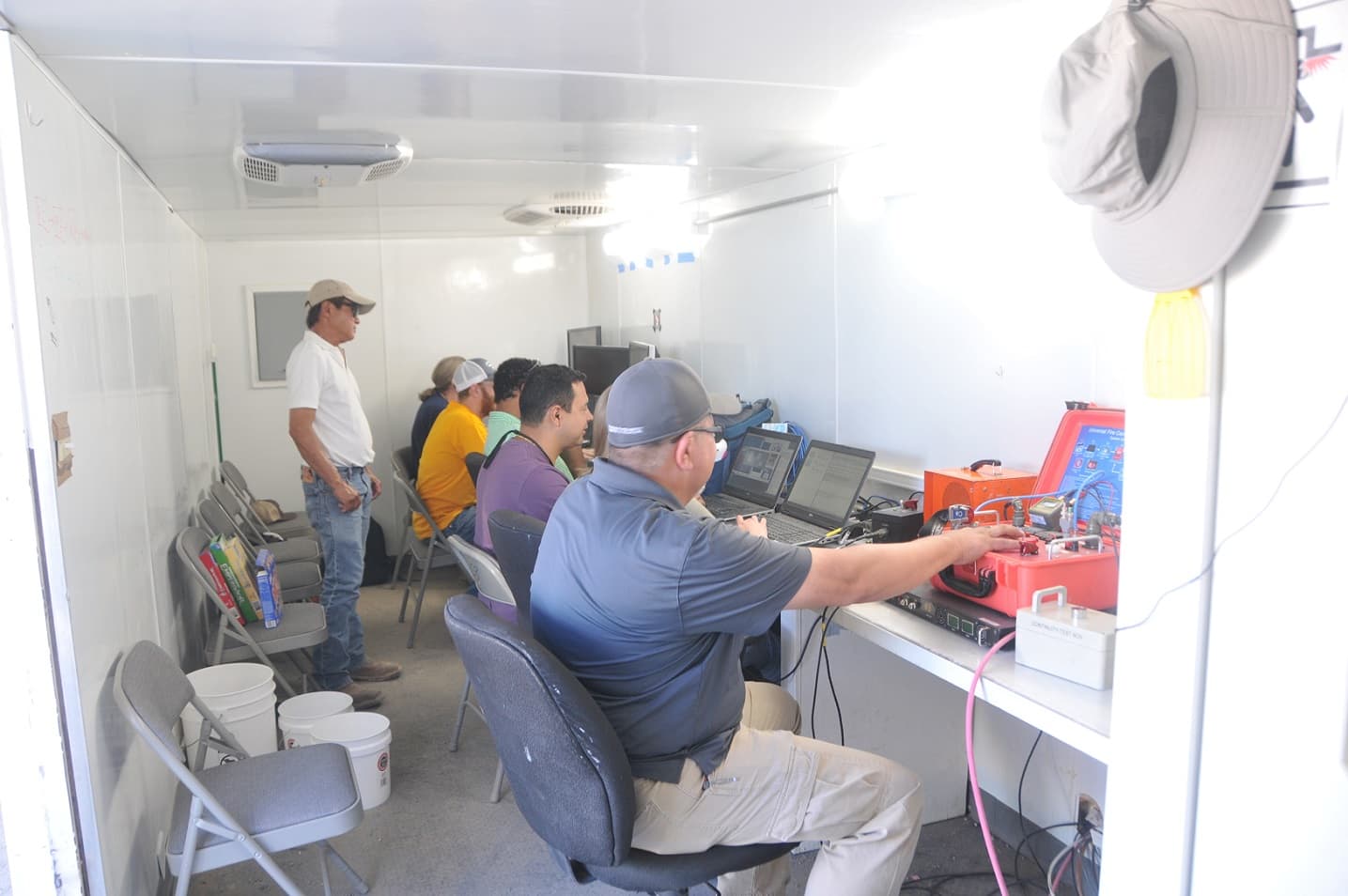U.S. Army begins test of newest component for future artillery system
Posted on
The U.S. Army began the first test of the newest component of future artillery system at the Yuma Proving Ground.
Dante Mucaro, Test Lead for ERCA with the Combat Capabilities Development Center-Armament Center (CCDC-AC) has confirmed that the Army begins a test of a new autoloader for newest artillery systems that develop under the Extended Range Cannon Artillery (ERCA) project.
“ERCA itself is a massive undertaking in that everything is under development at the same time and it’s a platform that needs to be compatible with multiple howitzer configurations, multiple projectiles and multiple missions,” explains Dante Mucaro.
The ERCA program has been testing various components of its system for about four years. The newest component undergoing testing is a five-round limited capacity autoloader. It holds five projectiles and five propellant charges.
In the past ERCA Howitzer Test Bed (HTB) systems have been built on modified M109A6 Self Propelled Howitzers. Testing of the limited capacity autoloader is being conducted from a prototype M109A7 which has been modified and integrated with the ERCA Armament System.
Mechanical Engineer Joe Troll, Integration and Demo Hardware Lead for ERCA with CCDC-AC, says the first step is, “We tear everything down and prepare it for ERCA modifications.” Those modifications are primarily cab modifications to accept a larger, extended range armament system.
Troll sent the HTB cab to Anniston Army Depot, whose personnel widen the armament opening, raise the roof to make room for the upgraded elevation system and, “Unique to this vehicle, the bustle was extended to fit the limited capacity autoloader.”
The integration undertaking is massive. At any time during the one and a half year it has taken to get to this vehicle ready for testing, more than 100 people have worked on this test item, “There has been a lot of good people doing a lot of good work on this. All I can say is the future is now.” That number includes the design and integration team.
The Limited-capacity Autoloader is a technology demonstrator enabling early hardware, software, controls, and system integration learning to inform the objective, Full-capacity Autoloader design and integration. The data collected by YPG will affect elements of the objective design, “ERCA is looking to test the rate-of-fire on this vehicle to confirm information that we will take back and eventually use it to develop other technologies” explains Troll.
To get to that point, crews at YPG have been working with the ERCA teams for years.
“YPG has been instrumental in everything for ERCA development for the last three and a half years. I got on the ERCA program October in 2015 and since then we have executed in excess of 100 test events on the ERCA program across multiple platforms, and they have been absolutely instrumental in us achieving everything we have to date. All the progress we have on this program,” explains Murcaro.
YPG Munitions and Weapons, ERCA Test Officer, Gilbert Moreno, has been a part of about 90 of those test events—he’s seen ERCA is all of its stages, “It started off with the propellant, projectile and gun tube and it evolved from that into a full weapon.”
Another part of the team are the gunners, who if this was a war zone, their position would be manned by soldiers. Artillery Gunner, Michael Gomez, has worked on the ERCA project about a year. His team consist of four gunners, they offload the ammunition, prepare it and then load it into the magazine, “The customer shows us their procedures and the steps to do, and our part is figuring how we can make it safe for us.”
Once the gunners insert the propellant into the autoloader magazine, the ERCA Autoloader Team takes over operations. The ERCA Autoloader Team monitors and controls the autoloader system from the safety of a remotely located connex box. “It’s doing everything by itself, all we are doing is monitoring the health of it, checking that it is updating us with what it’s currently doing, and making sure that it’s saying that everything is okay,” responds Dave Gatter, a Control Systems Engineer and member of the ERCA Autoloader Team.
This technology will enable higher rates of fire while unburdening the soldier as well as make it safer for soldiers out in the field. “The main goal of this is getting a high rate of fire, but it’s also safer,” says Gatter.
Reliability, speed and safety is what ERCA ultimately comes down to—the whole reason why YPG exist is to make sure the Warfighter has the best and safest equipment possible.
Gunner Gomez adds, “You learn from them (customers), they learn from us, they are asking us if we see anything that can be improved or anything that can make it easier for us because at the end of the day this is not going to stay with us it’s going to the Soldier,” adding, “We see it every day and it’s our job, but it’s a history making project.”
Troll adds, “Everything is designed in-house by CCDC, the software, the hardware, the integration, the design of the cannon, the gun mount and recoil system, the fire control, everything in this vehicle is designed in-house. Even the propellant and projectiles. So it’s a testament to what we are doing and how many hands are involved in this program, and to be honest with you, we wouldn’t be where we are today without these guys here at YPG.”
Moreno has seen first-hand how many people from YPG have made this mission in-progress possible, “I work with all the teams here, from storage, to the ammo plant to, electronics, high-speed, KTM Telemetry, everybody, we work with everyone here and it’s a phenomenal team.”


Subscribe to our newsletter
Promotions, new products and sales. Directly to your inbox.
